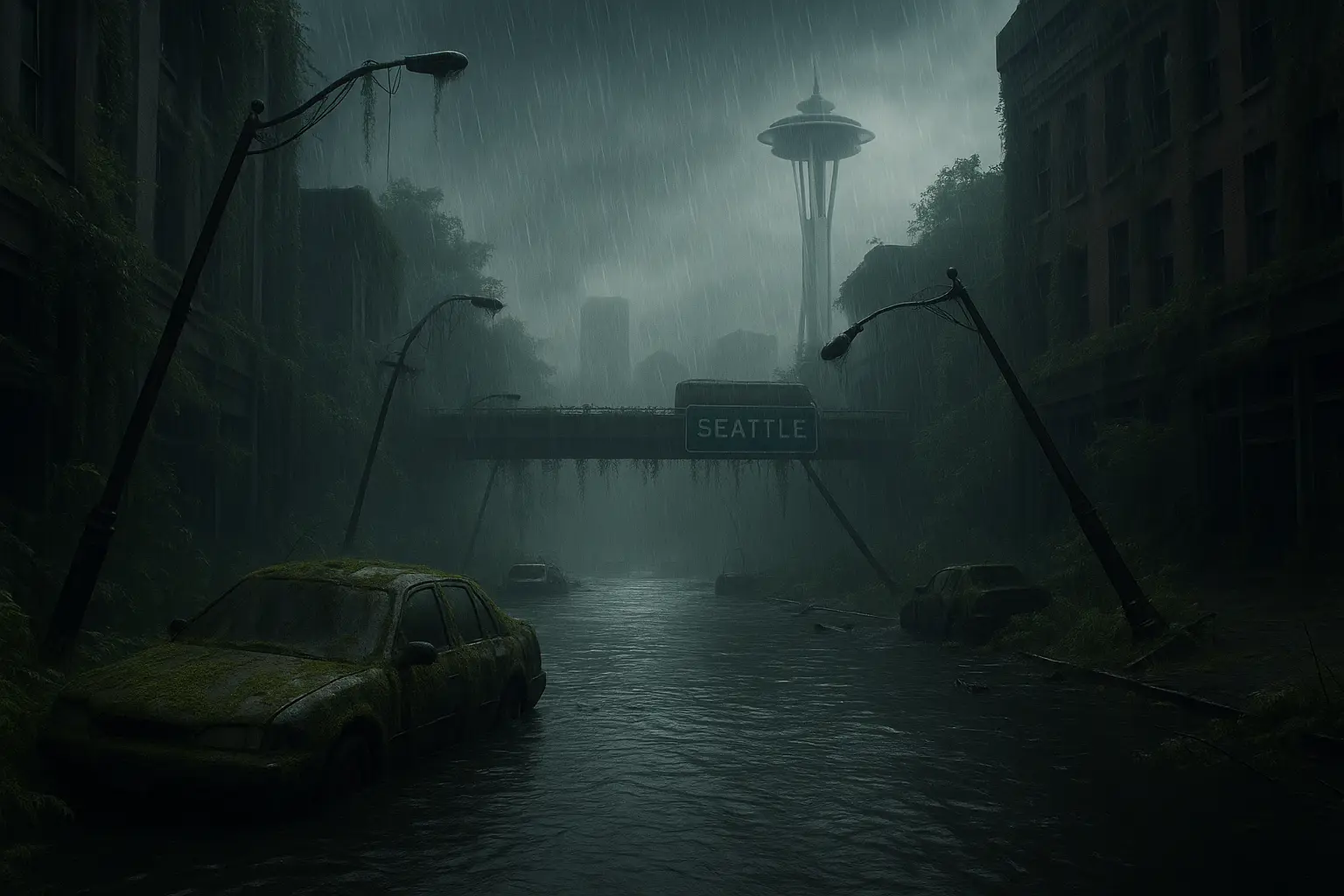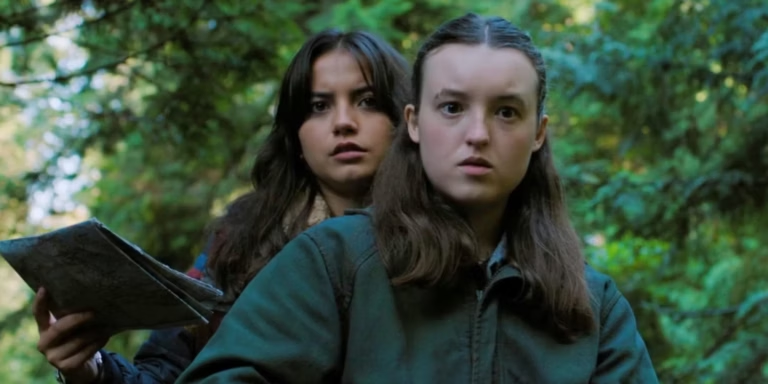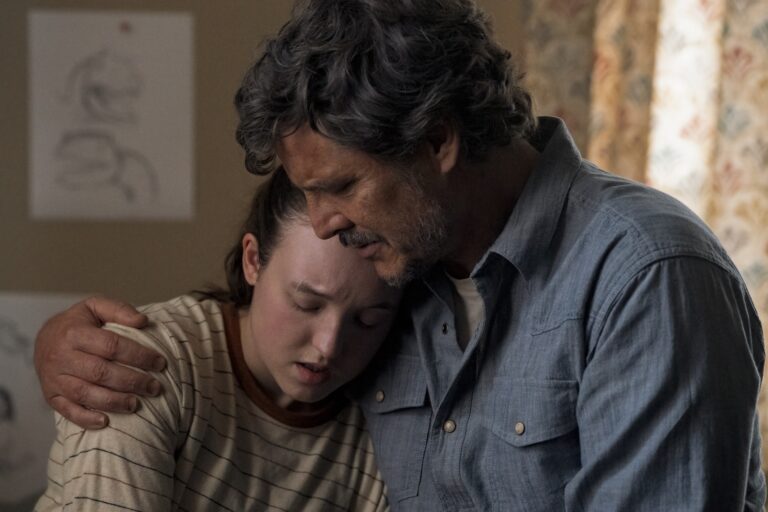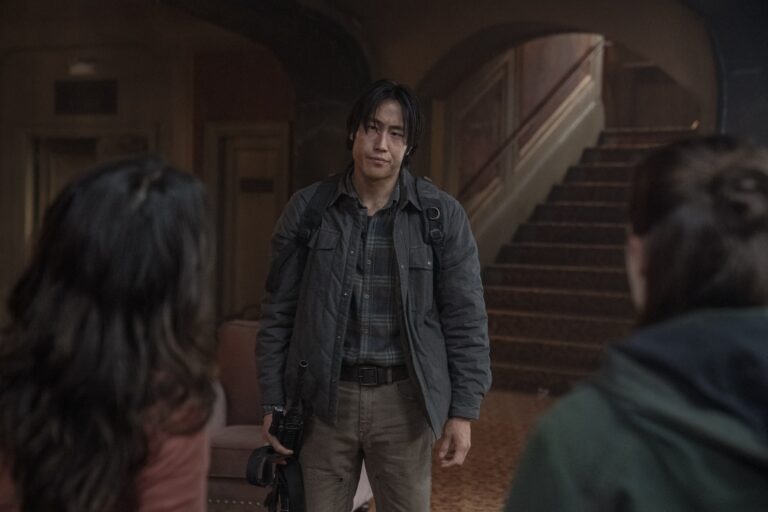Let’s grab an umbrella, friends — you’ll need it. If there’s one promise the creators of “The Last of Us” have hammered home for Season 3, it’s the arrival of a “water season.” Guess what? We’re about to get drenched. The upcoming season doesn’t just flirt with the idea of rain and ruin — it wades headfirst into a drowned post-apocalyptic Seattle, and the behind-the-scenes journey to make it real is a wild, mossy ride through movie magic. Buckle your life vests, because Seattle’s transformation truly begins in the heart of Vancouver.
Vancouver, Ready for its Close-up
Okay, so everyone knows Vancouver is Hollywood North. But for Season 3, the city really rolls out its grungiest, greenest carpet. There’s something poetic in how the real-world drizzle of Vancouver gets amped up for TV. Gastown, Downtown Eastside, and good ol’ Chinatown — all got completely made over. Crews basically turned Alexander Street into a canal of chaos. One day you’ve got tourists snapping pics of the steam clock. The next, it’s Joel and Ellie slogging past toppled lamp posts, cars eaten by green mold, and plant life climbing every brick in sight (vancouverisawesome.com).
And let’s not leave out the forests. Stanley Park’s tangled trails aren’t just pretty — they’re perfect for monsters and survivors ducking through slick branches and bottomless puddles. It feels almost tailor-made for that sinking, creepy tension “The Last of Us” does so well.
Nanaimo Goes Under
You want to hear something wild? The flooded Seattle of Capitol Hill is, in reality, Nanaimo. Yes, Nanaimo. The creators smuggled post-apocalyptic magic over to Vancouver Island and got to work. For weeks in April and May 2024, the town was unrecognizable. Storefronts with water lines, rusty cars half-submerged, and every rooftop drowning in creeping moss. Fog machines. Wind machines. And, of course, a small army of set decorators splattering everything with “grime.” The ordinary cityscape got so eerie, some locals thought the actual apocalypse had arrived. Pick your jaw up, Nanaimo — those watery streets look stunning.
Britannia Beach Builds a Home
Let’s shimmy a little north up the coast. Britannia Beach, typically sleepy and picturesque, found itself in the heart of the action. For almost six months, the sprawling parking lot right off Highway 99 became Jackson — the most famous survivor hub outside Seattle. They didn’t recycle an old location here. Production built Jackson from scratch, then aged it fast. Wooden beams warped, paint flaked, water-scarring everywhere. The best part? Designers unleashed “rising water” effects, so the whole town felt one strong rain away from floating downstream. It’s not every day you see a production erect an entire town just to ruin it in style (cntraveler.com).
Inside the Orpheum Theatre’s Watery Walls
Sometimes, survival stories need a bit of theatrical flair, so the team commandeered Vancouver’s Orpheum Theatre. Sure, on a regular Friday it might host your grandma’s favorite symphony, but during the “water season” shoot, this grand landmark turned swampy. Crews layered every inch with water damage and drippy decay — peeling wallpaper, warped velvet, and so much theatrical mist it might as well have been foggy inside. This time, instead of music, the main act was the moan of infected lurking in the depths.
Harbour Green Park: And the Dock Gets Dark
Boats play a huge part in the new story arc — and for that briny, half-drowned dock look, the crew chose Harbour Green Park in Coal Harbour. They didn’t just plop some props on the grass. We’re talking whole piers, floating barges, and thick murky water swirling around the set. Even on the sunniest shoot days, production dialed up the rain and gloom. There’s a sequence with Joel and Ellie rowing past the crushed dreams of the waterfront, dodging debris, and glancing at the skyline poking through endless mist. Cameras caught both the menace and the melancholy, all thanks to a Vancouver park in rainy disguise (destinationvancouver.com).
Oh Aquarium, My Aquarium
What’s creepier than an abandoned building? How about a flooded aquarium, teeming with the last stubborn fish and creeping tendrils? Seattle’s aquarium, as reimagined by “The Last of Us”, lives inside the Vancouver Aquarium — sort of poetic, huh? They shot plenty of the refuges and hideouts right inside the real tanks and walkways. There’s water on both sides of the glass. On camera, you see actual sea creatures looking out at survivors scrambling for hope. It’s that combination of beauty and ruin only this show can deliver.
Every Drop Counts: Tricking the Elements
Alright, fun fact — Vancouver’s reputation for rain kind of betrayed the crew this time around. Schedules collided with sudden sunny spells, or drizzles that just didn’t cut it. So, what did they do? Out came massive rain machines. Filming teams parked rigs on rooftops, drenched the streets, and added digital downpours when nature refused to cooperate. There’s no such thing as “too wet” in the water season.
Meanwhile, safety teams watched every drop. Water’s beautiful, but it’s risky. Every flooded set, staged boat wreck, and indoor cascade had to be triple-checked for slip hazards and electric shocks. Actors rehearsed scenes in wetsuits first; stunt coordinators hovered just out of frame — ready to jump in at any sign of trouble. That’s commitment.
Set Design: Flooding the Soundstage
On top of real-life locations, the production crew turned soundstages into waterlogged playgrounds, and here’s where things get serious. You want indoor rain? You got tanks hidden behind drywall, with channels running underfoot. Producers needed a hotel lobby underwater, an elevator shaft turned into a well, and an office with mold crawling up to your desk. Electricians had nightmares, but the effect worked: You get tension, claustrophobia, and the sense no one’s ever dry. It’s all calculated misery, and all for you.
Flooded Seattle — Authentic to the Last Drop
You probably think, “Okay, but does it feel like Seattle?” That’s the big test, right? Somehow, the combination of on-location magic and brutal set artistry passes with flying (well, soaking) colors. Filming crews studied real Seattle landmarks, even referenced FEMA flood zone data to map where waters should sit. As a result, you recognize Pike Place’s bones under all the moss, or spot a half-eaten Space Needle on the horizon. The little touches? Broken umbrellas. Soggy streetcar signs. Crinkled Starbucks cups drifting by — not even the end of the world can erase those logos.
A Buzzing Fandom and a Rainstorm of Social Hype
Let’s talk about the fans, because Twitter and Discord exploded once those Vancouver leaks and on-set photos hit the web. Eagle-eyed viewers matched backgrounds from the show to Gastown lamp posts and Stanley Park tree lines. Some locals even set up watch parties on the edge of location shoots, braving actual rain for a glimpse of the action. Every time new behind-the-scenes snaps dropped, Reddit filled with wild theories — how high the flood would get, what set piece would become the next clicker-infested death trap, or where the next boat chase might turn deadly.
What’s Next On This Watery Road?
You made it this far, so here’s the real reward. Season 3 promises rain, wreckage, and waterlogged wanderers at every corner. But it also brings a new energy to this story — one rooted in a real place, shot with actual sweat and gallons of water. No digital backlot could pull off what Vancouver and friends in Nanaimo, Britannia Beach, and Stanley Park just did.
So, next time someone complains about too much rain, point them to “The Last of Us” water season. You’ve never seen a city drown so beautifully — or rise above the ruin so defiantly. Ready your oars, because Seattle’s reborn looks more haunting, damp, and oddly hopeful than ever before. You may not need to pack a poncho, but don’t be surprised if you feel a shiver anyway.




